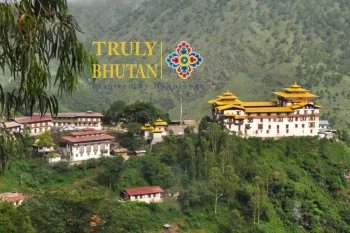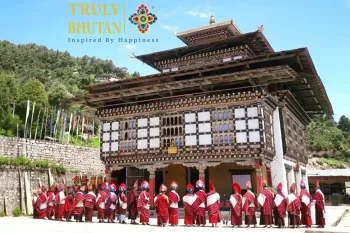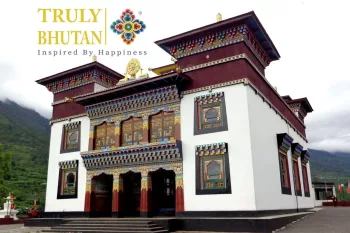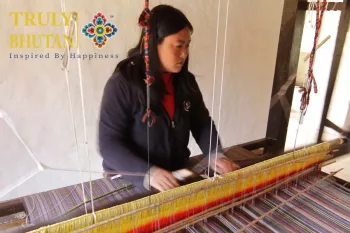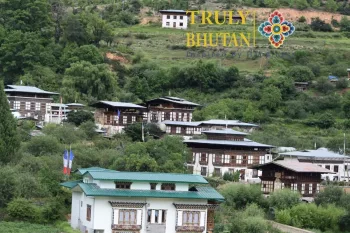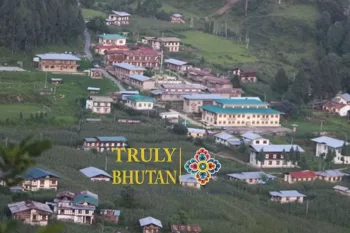Until recently, to preserve their culture and environment, Merak and Sakteng were closed to tourism. The Royal Government of Bhutan has now decided to allow a very limited number of foreign visitors into the area. Merak and Sakteng are two valleys located in the far northeastern part of Bhutan.
Introduction to Merak and Sakteng
The natives of these valleys came from Tibet to settle in Merak and Sakteng some centuries ago and are known as the Brokpas. They are a semi–nomadic community dependent on yak and sheep herding for their livelihood and, compared to people in the higher altitude zones, practice very little agrarian living.
The Brokpas speak a different dialect known as ‘Brokey’ and have their unique dress made of yak hair and sheep wool. The Brokpas of Merak and Sakteng migrate annually with their cattle to the lower valleys of Rhadi, Phongmey, and Khaling during the extreme winter cold and return to their highland homes in the summer. During their migrations they barter yak and sheep products, like cheese, butter, wool, and Yeidpa, a special fermented cheese, with the people of the lower valleys, taking rice, corn, and textiles in exchange.
The Brokpa People and Culture
The Brokpa people are carefree and fun-loving people known for their hospitality and love for their own age-old culture and traditions. One of the most popular stories in Sakteng is about the Mirgoi or Yeti locally called Drei. Their most crucial local deity is the Goddess Aum Jomo. The natural landscape of Merak and Sakteng comprises immense stretches of alpine as well as warm broadleaf forests interspersed with meadows and mountain streams. The area is also known for its abundance of medicinal herbs.
Merak and Sakteng were designated a wildlife sanctuary in April 2003. A recent survey of the area by the Department of Forests has identified 18 species of mammals and 119 species of birds. Some of the prominent mammals found in the sanctuary are red pandas, goral, serow, Asiatic black bear, capped langur, Himalayan yellow-throated marten, common leopard, Himalayan palm civet, forest pika, Maupin’s pika, barking deer, Himalayan striped squirrel, and the Assamese macaque.

